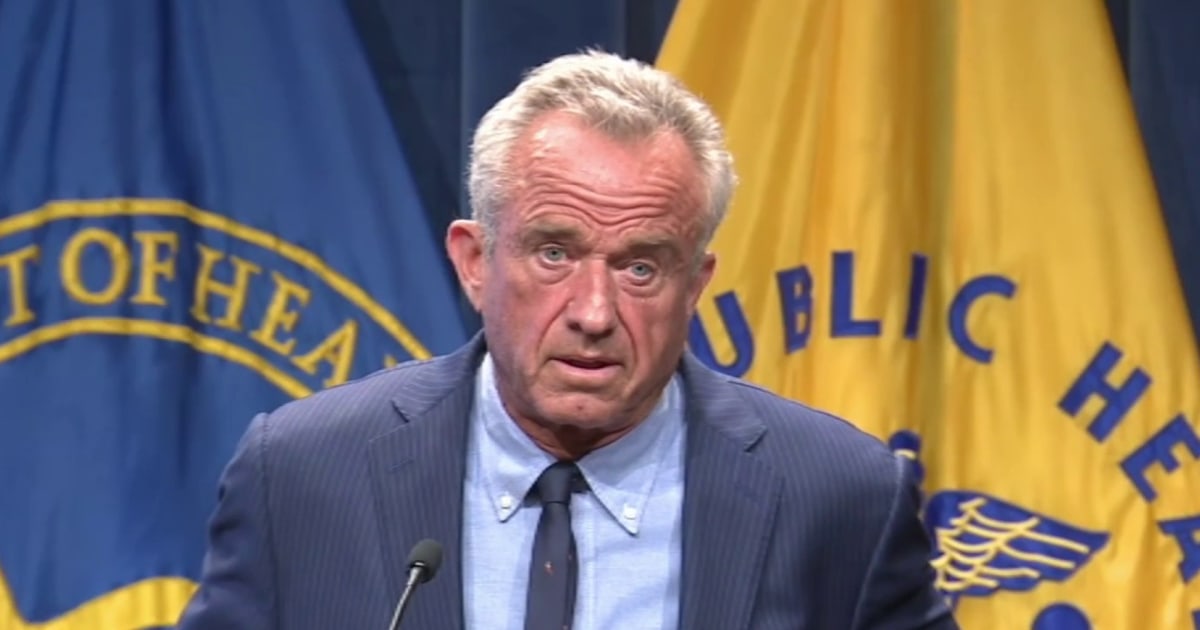RFK Jr. Challenges CDC: Are Environmental Toxins Fueling the Autism Surge?
In a provocative critique of public health policy, Robert F. Kennedy Jr. has reignited debate by claiming environmental toxins—not genetic factors—are driving rising autism rates, directly contradicting CDC research. The environmental activist made these remarks during a Washington, D.C. press conference yesterday, urging immediate investigation into industrial chemicals and pesticides. His assertions challenge decades of autism research while drawing sharp reactions from scientists and advocacy groups.
The Clash Between Advocacy and Established Science
Kennedy, chairman of Children’s Health Defense, presented data showing autism diagnoses increasing from 1 in 150 children in 2000 to 1 in 36 today, per CDC estimates. He attributes this “epidemic” to overlooked environmental factors: “We’re poisoning a generation. The correlation between toxic chemical exposure and neurological damage isn’t theoretical—it’s documented in thousands of peer-reviewed studies the CDC continues to ignore.”
However, CDC epidemiologists maintain that improved diagnostic criteria account for most apparent increases. Dr. Alison Singer, president of the Autism Science Foundation, counters: “While environmental factors may play a role, twin studies consistently show 74-98% heritability. Dismissing genetic causation risks diverting resources from evidence-based interventions.”
Examining the Environmental Evidence
Kennedy’s claims align with several controversial but persistent lines of inquiry:
- Pesticide Exposure: A 2019 BMJ study linked prenatal organophosphate exposure to 20% higher autism odds
- Air Pollution: Harvard research found living near highways during pregnancy doubled autism risk
- Heavy Metals: 2018 Nature research showed lead and mercury disrupting neural development
Yet these findings remain hotly contested. “Association doesn’t equal causation,” notes Dr. Paul Offit, vaccine researcher at Children’s Hospital of Philadelphia. “We’ve seen chemical scares before—from thimerosal to glyphosate—where initial panic didn’t hold up under rigorous study.”
Policy Implications and Parental Concerns
The debate carries significant policy weight. Over 80,000 industrial chemicals remain untested for neurodevelopmental effects, per the Environmental Working Group. Kennedy advocates for:
- Mandatory toxicity screening for all new chemicals
- Stricter EPA limits on agricultural pesticides
- Federal funding shifts toward environmental prevention research
Parent advocacy groups remain divided. “My son’s regression began after our home was sprayed for termites,” shares Lisa Carter of Maine, part of a new parent coalition demanding environmental testing. Meanwhile, the Autism Society cautions against singular explanations: “Autism’s diversity suggests multiple pathways—environmental, genetic, and epigenetic factors likely interact.”
The Road Ahead for Autism Research
Emerging science may bridge these perspectives. Epigenetics—how environmental triggers activate genetic predispositions—has become a key research focus. The NIH’s ECHO Program now tracks 50,000 children from conception to analyze environmental impacts.
Kennedy’s challenge comes as the CDC faces congressional scrutiny over its autism surveillance methods. Next month’s Senate Environment Committee hearing will feature toxicologists and neurologists debating research priorities.
Conclusion: Navigating a Complex Public Health Puzzle
While Kennedy’s claims remain controversial, they spotlight critical gaps in environmental health research. As rates climb, families deserve answers beyond the nature-versus-nurture binary. Readers concerned about environmental risks can consult the EPA’s Toxics Release Inventory to assess local exposure potentials—a small but actionable step in this unfolding scientific saga.
See more WebMD Network



